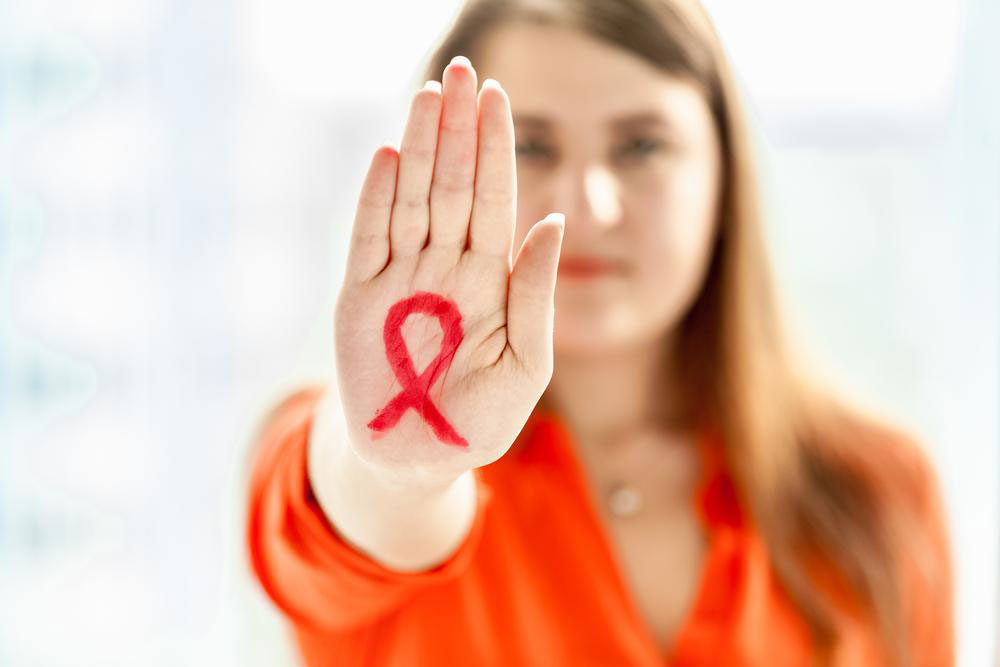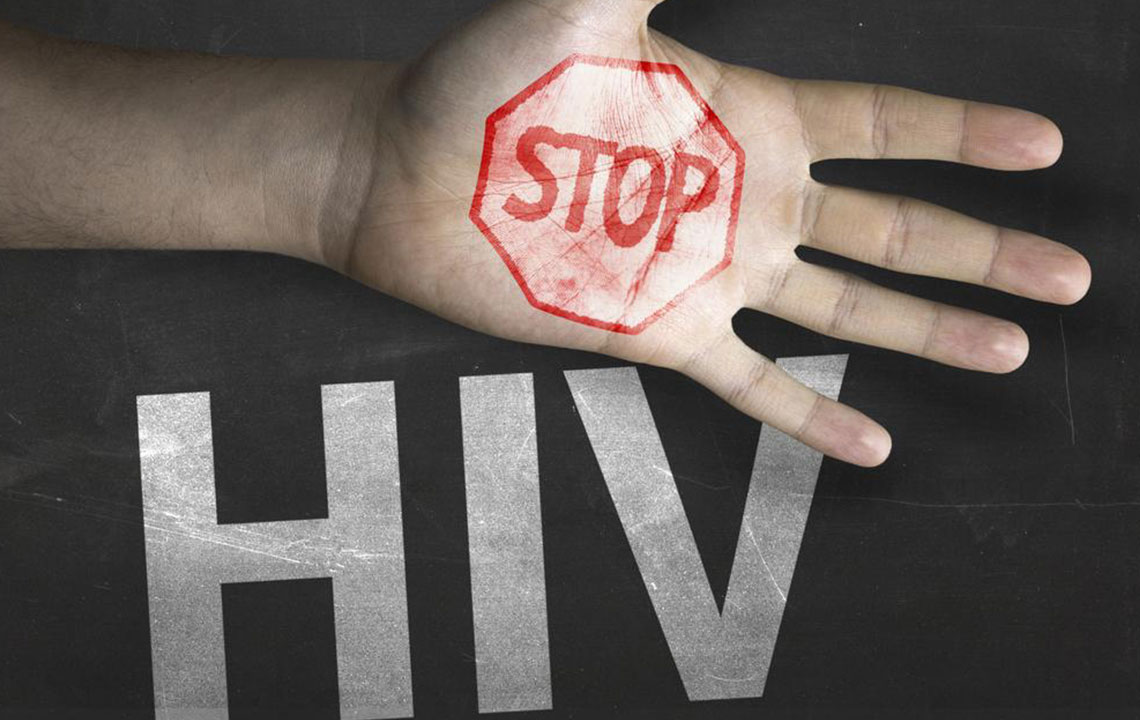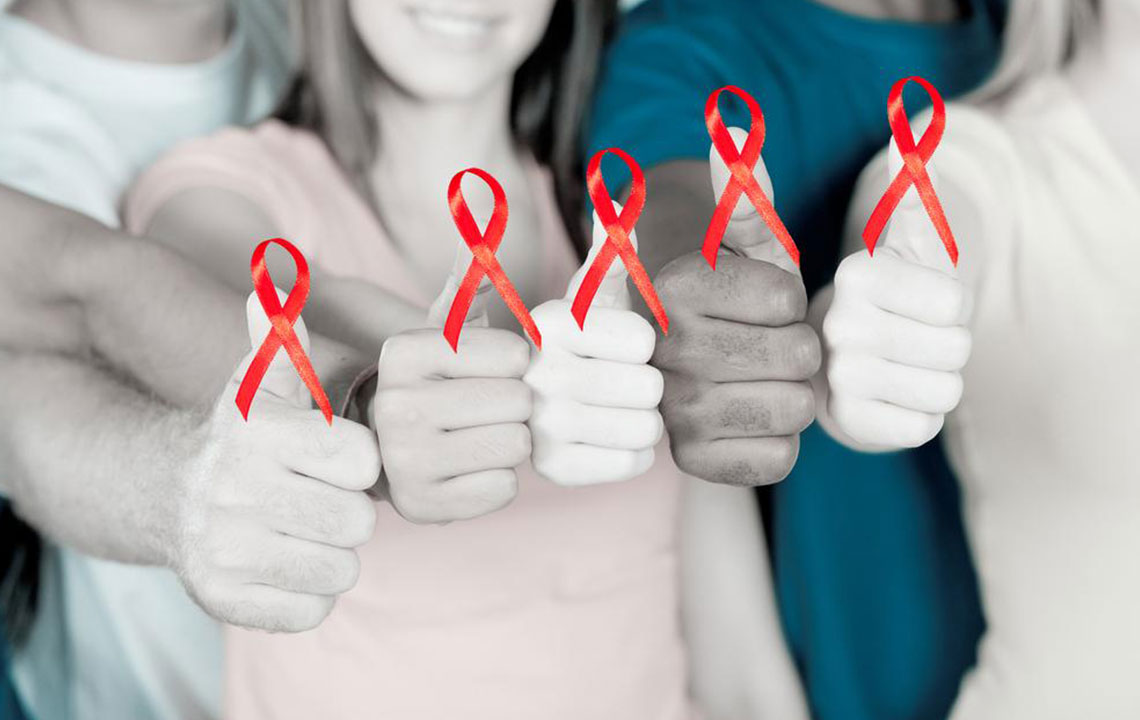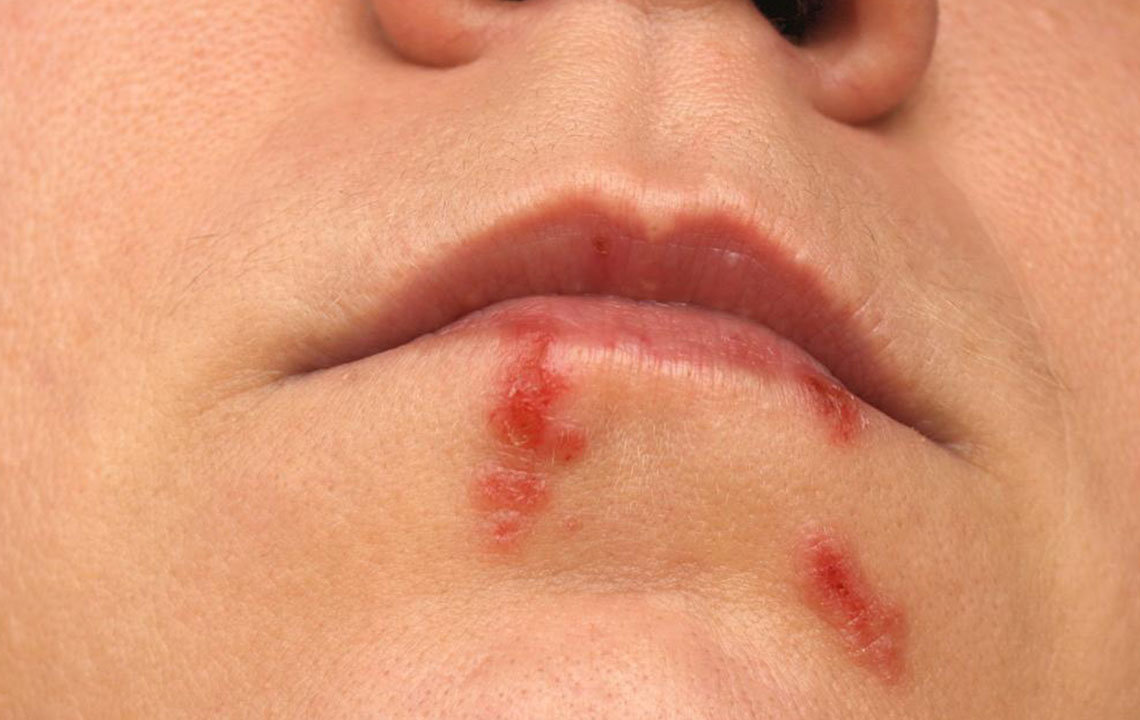Comprehensive HIV/AIDS Prevention Strategies for Teenagers
This comprehensive guide provides essential HIV/AIDS prevention strategies for teenagers, emphasizing early communication, safe practices, and resisting risky behaviors. It aims to empower parents and teens to make informed health decisions, reduce stigma, and promote responsible lifestyles for a healthier future.

Comprehensive HIV/AIDS Prevention Strategies for Teenagers
As adolescents navigate the complex journey of growth and independence, concerns about health risks such as HIV/AIDS frequently come to the forefront for parents and guardians. Understanding the significance of early education and proactive communication is crucial in equipping teenagers with the knowledge and skills necessary to protect themselves from HIV/AIDS, a serious health threat that can have lifelong implications. The following comprehensive guide outlines essential strategies for effectively preventing HIV/AIDS among teenagers, fostering awareness, responsible behavior, and informed decision-making.
HIV (Human Immunodeficiency Virus) compromises the immune system, making individuals vulnerable to various infections and illnesses. Without treatment, HIV can lead to AIDS (Acquired Immunodeficiency Syndrome), a condition with no definitive cure but manageable with proper medical care. Given the gravity of this disease, initiating open and honest conversations with teenagers is vital. These discussions help dispel myths, reduce stigma, and promote understanding of how HIV is transmitted, as well as how to prevent infection.
Start the Conversation Early
The foundation of effective prevention lies in early and ongoing communication. Parents should initiate age-appropriate discussions about HIV/AIDS before teenagers become sexually active or engage in risky behaviors. Choose an appropriate time and setting free from distractions to talk about this sensitive subject, emphasizing that it is a normal and important part of health education. Approach the topic with honesty, compassion, and clarity, fostering an environment where your teen feels comfortable asking questions and expressing concerns.
Discuss Transmission and Risks
It is essential to educate teens on how HIV is transmitted and the activities that pose a risk. HIV spreads primarily through unprotected sexual contact, sharing contaminated needles, or from mother to child during childbirth or breastfeeding. Clear explanations about activities that are harmless—such as hugging, handshaking, or casual contact—can help reduce unfounded fears and misconceptions. Clarify that HIV is not transmitted through sharing food, water, mosquitoes, or using public facilities, which are common myths that need correcting.
Highlight Safe Practices and Preventive Measures
Encourage the adoption of safe practices that significantly reduce the risk of HIV transmission. Consistent and correct use of condoms during sexual activity is one of the most effective prevention methods. Discuss the importance of regular testing, especially if they engage in high-risk behaviors, and the value of HIV testing as a routine part of health care. Highlight that avoiding the sharing of needles and other drug paraphernalia can prevent transmission. Emphasize that abstinence is the only completely foolproof method of prevention, but also respect that many teens will make different choices—thus, education is key in promoting informed and safe decisions.
Address Risky Behaviors and Peer Pressure
Peer pressure can influence teenagers to participate in risky behaviors such as drug use, tattooing, or unprotected sex. Equip your teen with skills to resist negative peer influences by discussing ways to say no confidently. Role-playing scenarios can be a helpful tool in building their assertiveness and decision-making abilities. Make it clear that making safe choices is a sign of strength and responsibility, not peer rejection.
Discuss Lifestyle Choices and Substance Use
Substance abuse can impair judgment and increase the likelihood of engaging in risky behaviors. Talk openly about the effects of alcohol and drugs, including how they can diminish the ability to make safe decisions and increase exposure to HIV. Encourage healthy alternatives and hobbies that promote safe and positive lifestyle choices.
Foster a Supportive and Informative Environment
Parents should promote a supportive environment where teenagers feel comfortable discussing their concerns and questions about sexuality, drugs, and health. Providing factual, age-appropriate information regularly helps reinforce safe behaviors. Connecting teens with school programs, healthcare providers, or community resources dedicated to HIV/AIDS education can further strengthen their understanding and preventive practices.
In conclusion, preventing HIV/AIDS among adolescents requires a proactive approach rooted in early education, open communication, and ongoing support. By understanding transmission risks, promoting safe practices, resisting peer pressure, and fostering honest dialogue, parents and guardians can empower teenagers to make informed choices that protect their health and well-being. Knowledge and responsible behavior are the most effective tools in combating the spread of HIV/AIDS, ensuring a healthier future for the next generation.




